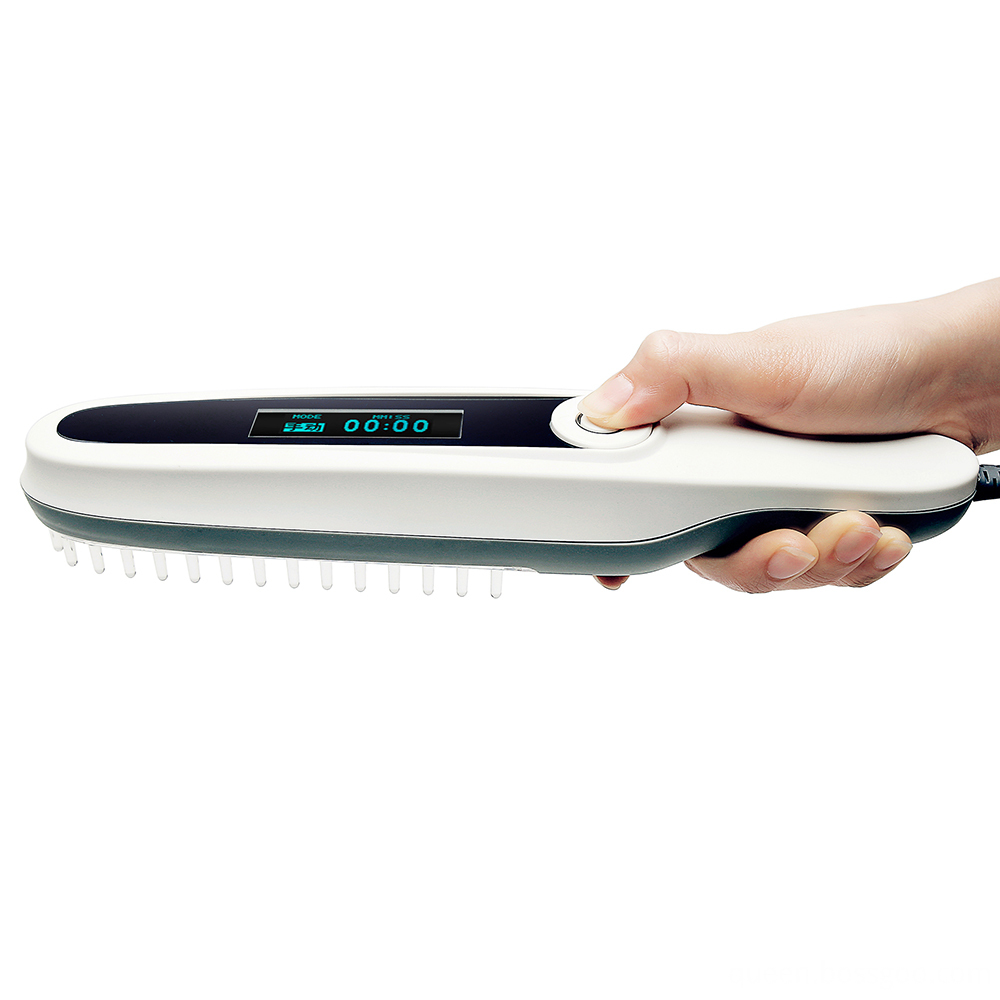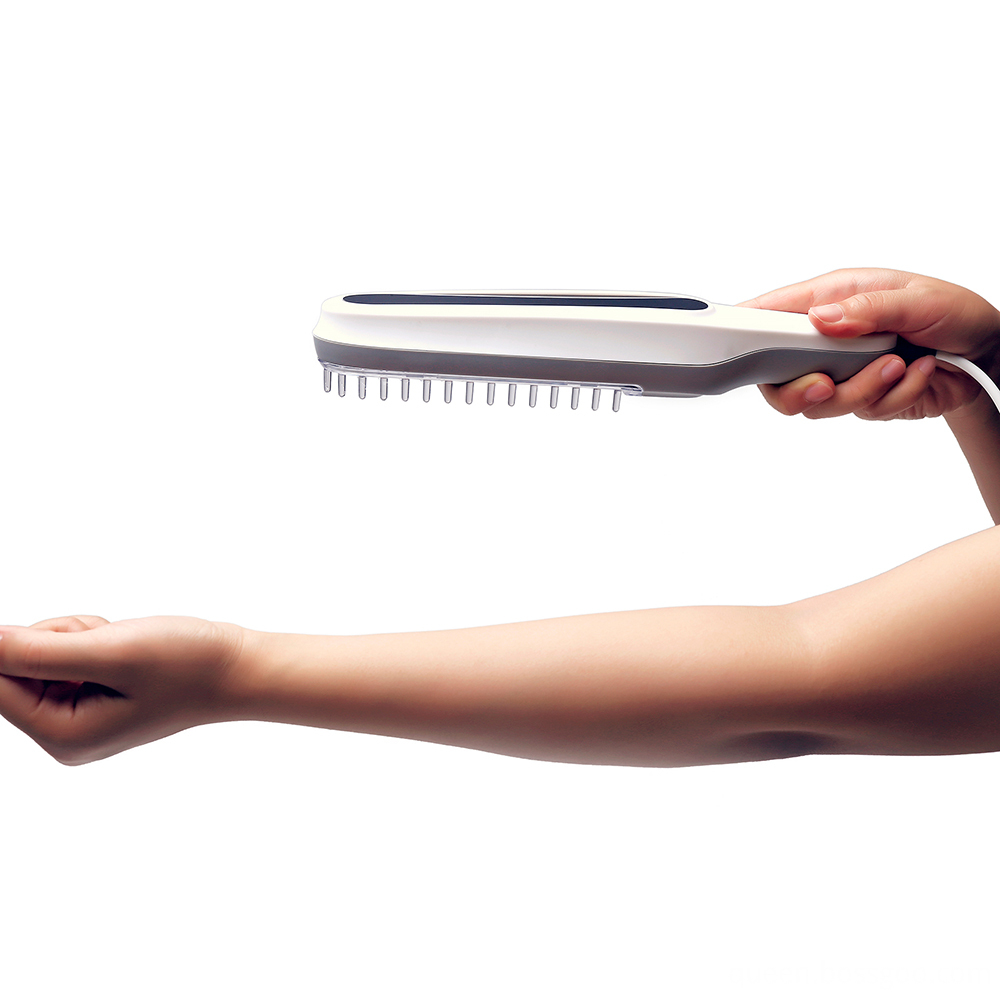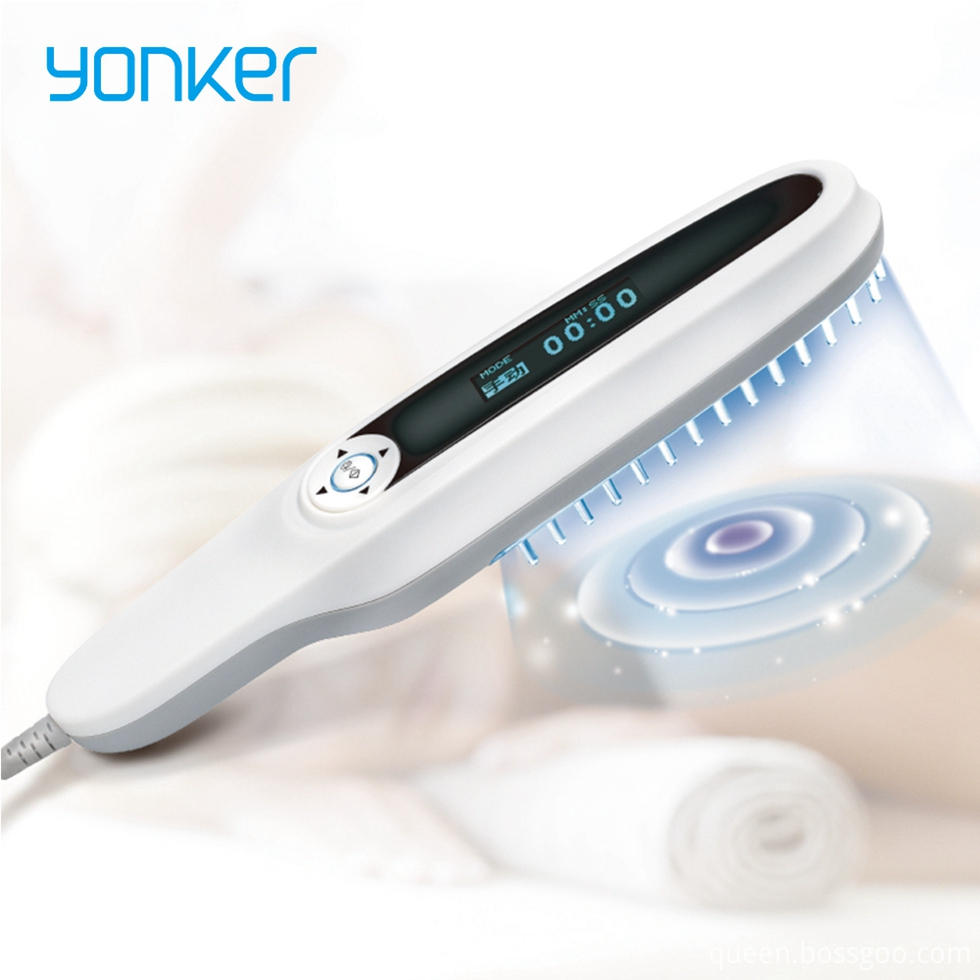Key Techniques of Protecting Cultivation of Small Watermelon in Spring
(1) Cultivate strong seedlings: The optimum seeding period is from late January to late February. Since the root regeneration ability of watermelon is relatively weak, nutrition seedlings should be used to grow seedlings, and greenhouses should be insulated with double membranes in small sheds, and electric heating lines should be laid on the bed. To increase the soil temperature and regulate the temperature. During the cold period, multi-layered film was used to cover the insulation, ensuring that the minimum temperature was above 10°C. After the end of February, the structure of the seedbed was the same, but no electric hotline was required and a small arch was used to cover the nursery.
(2) Timely transplanting and reasonable close planting: Early-maturing cultivation is usually 30 to 35 days in seedling age, and 3 to 4 true leaves in seedlings are suitable for transplanting. The soil temperature in the greenhouse during transplanting is usually required to exceed 15°C. After the warm room should be raised to improve the survival rate. The degree of dense planting differs depending on the cultivation method and the number of pruning. Generally, about 600 plants per acre are cultivated on the ground, and about 1200 plants per acre are cultivated on a stand.
(3) Rational fertilization: The general principle is to apply less nitrogen fertilizer and apply phosphorus and potassium fertilizers. According to the different levels of soil fertility, the total amount of fertilizer is controlled to 60% to 70% of that of common watermelon. It is better to use fertilizers with decomposed organic fertilizers and appropriate amount of fertilizers. Generally, the amount of Mushi basal fertilizer: nitrogen (N) 3 ~ 4 kg, phosphorus (P2O5) 12 ~ 15 kg, potassium (K2O) 6 ~ 8 kg. During the growth period, depending on the growth of the plants, topdressing can be applied.
(4) Pruning and fruit setting: The small watermelon grows weakly in the early stage, and the vine spreads gradually and prosperously. It is easy to affect the melon growth. Therefore, it should be light pruning. Cultivated cultivation uses multiple vines (3, 4 and 5 vines) to prune. When the seedlings are picked at the 6th leaf stage and the vines are formed, 3 to 5 vines which are similar in growth are retained and the remaining vines are removed. It is expected that several vines will grow at the same time. melon. You can also keep the main vine, leaving 2 to 4 more vines at the base. The fruit-growing position is suitable for the female flowers of the second and third female vines, and pollination by honeybees or artificially assisted pollination is used to promote the melons. The number of fruit per plant was different due to pruning, 3 mango pruning left 2 fruit, 5 mango pruning left 4 fruit. Before the fruit festival, all the vines were removed and the Sun vines after the fruit-setting festival were left unchecked.
(5) Harvesting: Small watermelons are cultivated in early spring greenhouses until the fruit matures to about 32 to 42 days. When the fruit is set, it must be marked as the flowering day. Before the harvest, it is necessary to open the melon to determine the harvesting period. It is advisable to harvest after dry morning or early evening.
UVB is present in natural sunlight and is an effective treatment for psoriasis. UVB penetrates the skin and slows the growth of affected skin cells. Treatment using UVB can include UVB Phototherapy, excimer laser, or in-office or home UVB phototherapy.



UVB Phototherapy
UVB Phototherapy,Uvb Light Therapys,Uv Light Therapy,Narrow Band Uvb ,Uvb Lamp Psoriasis
Ningbo Queen Electronic Science Technology Co., Ltd , https://www.queenmeds.com